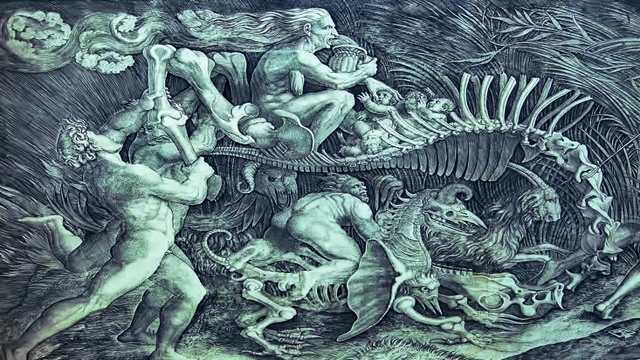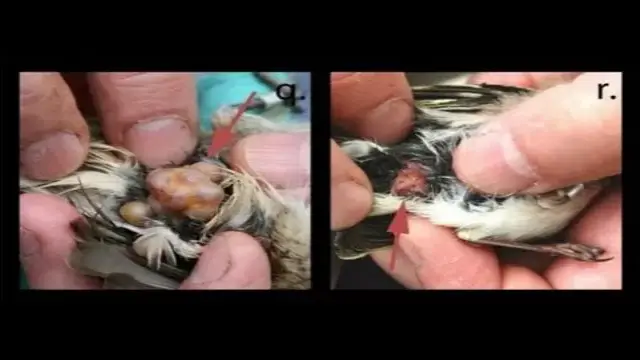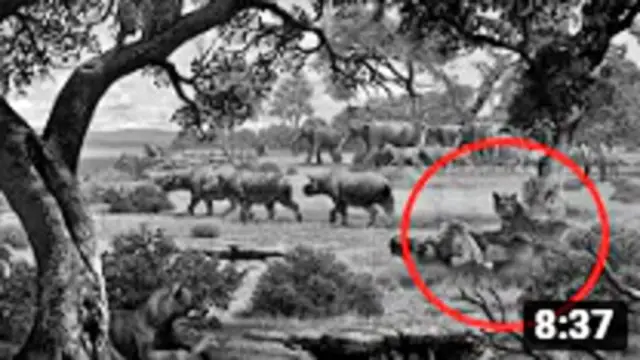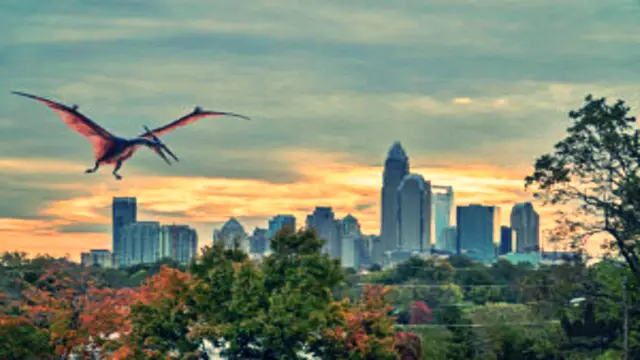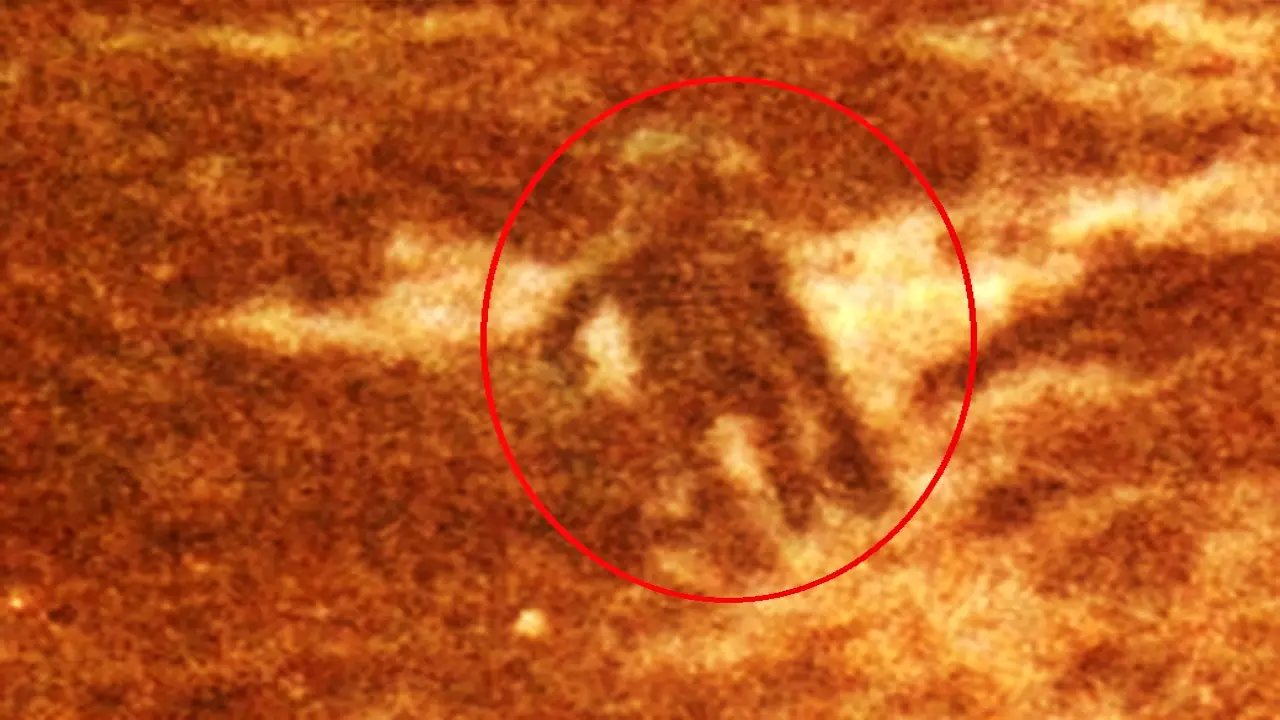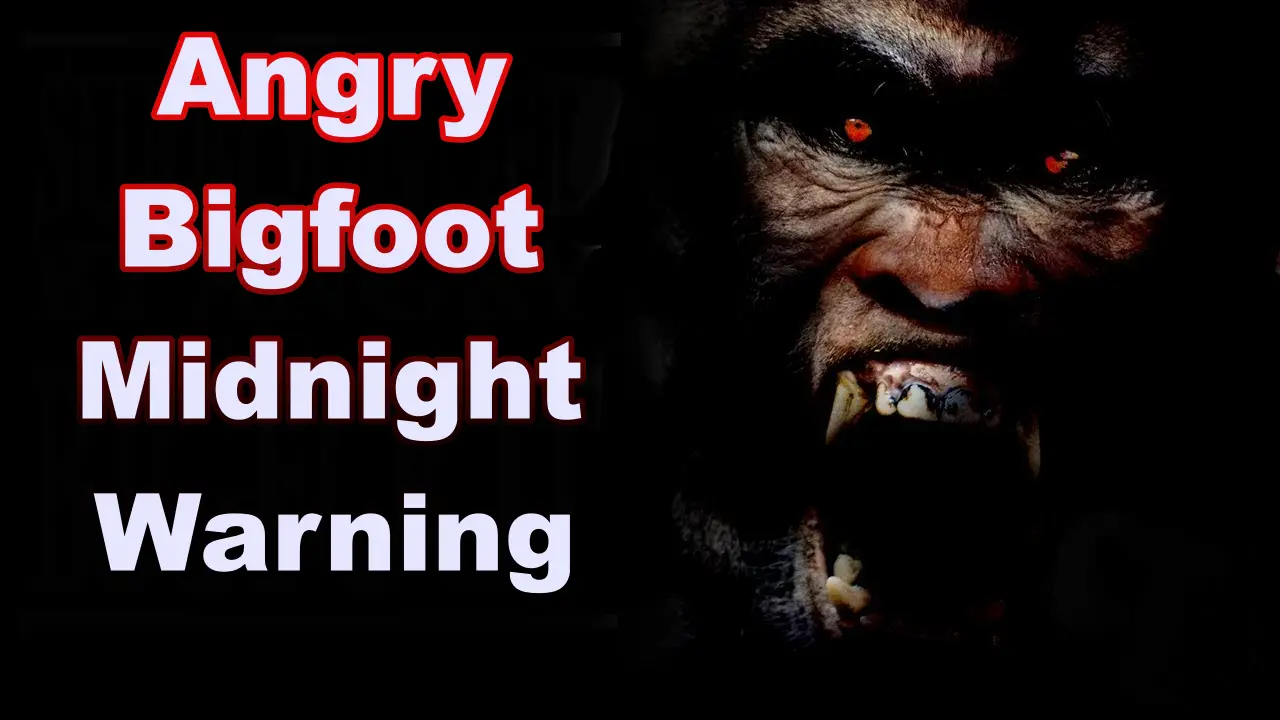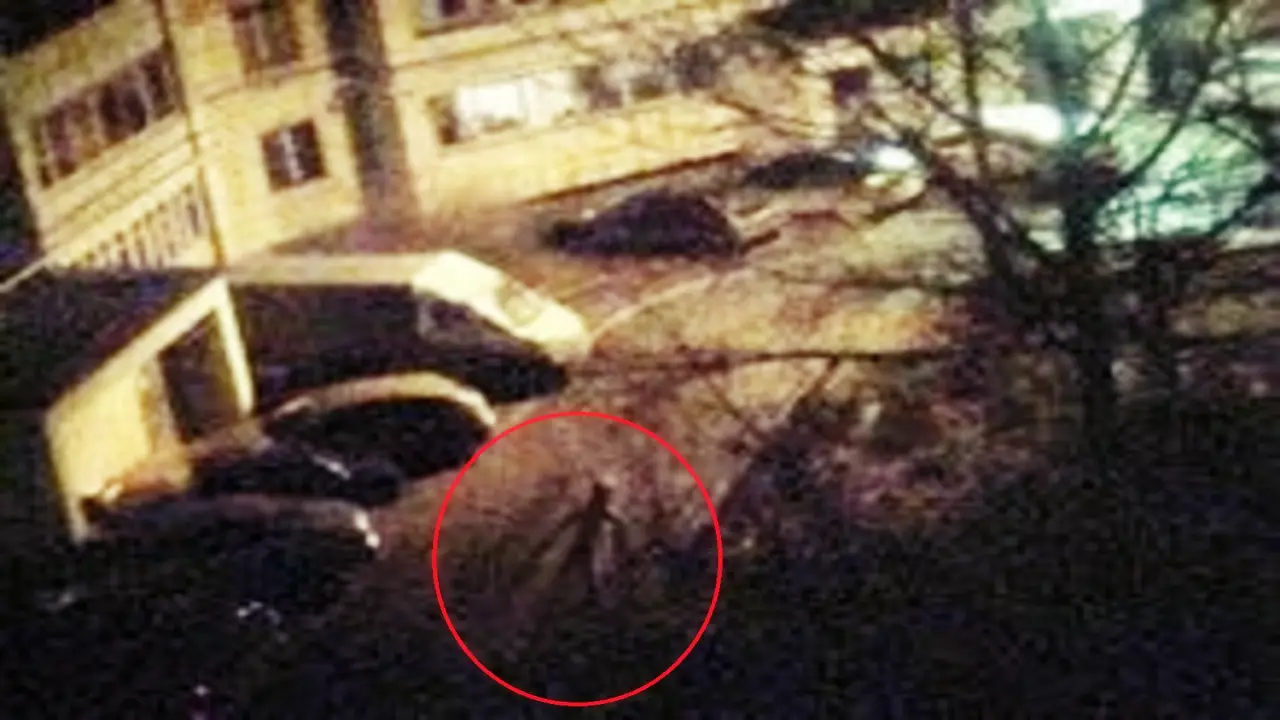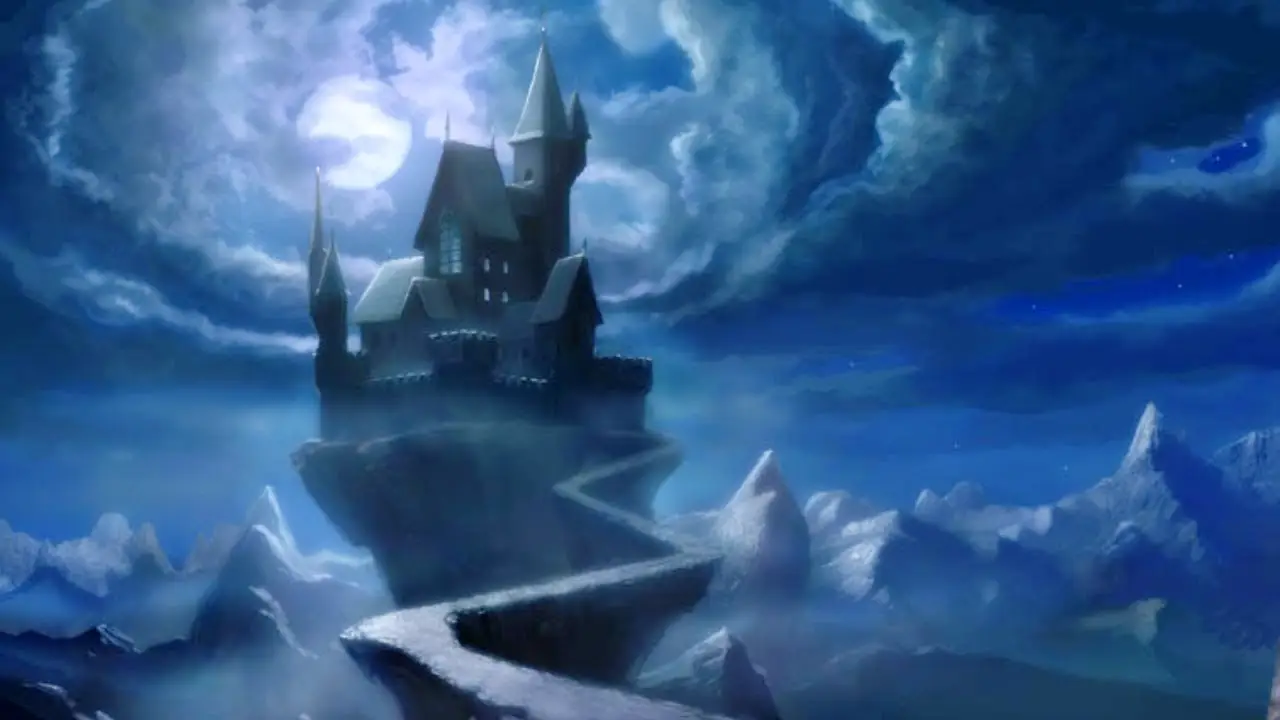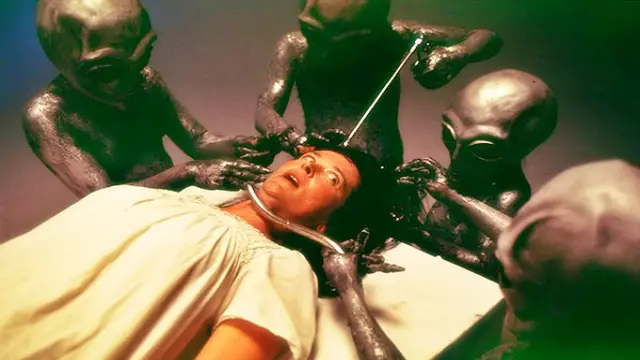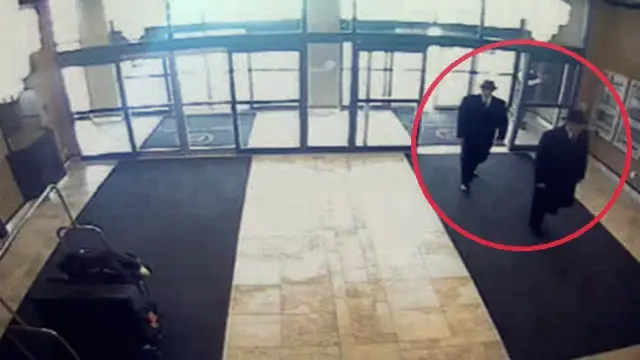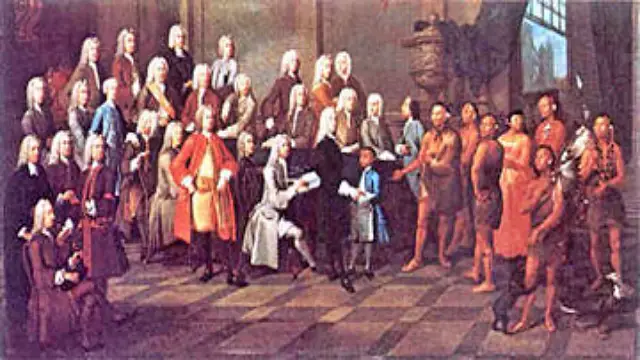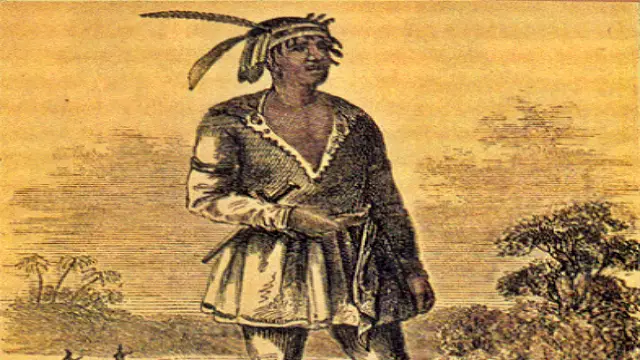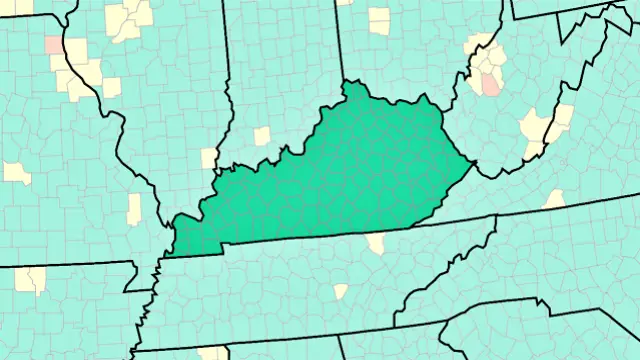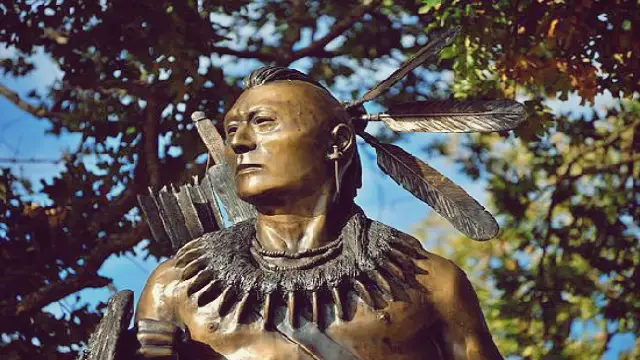Discover the Dark Folklore of Lancashire’s Supernatural Beasts!
In the heart of Lancashire, the echoes of the past resonate through the tales of ghostly hounds and ominous birds. John Webster, a notable figure from Clitheroe in the seventeenth century, vividly captured the credulity of the local populace, who often mistook natural phenomena for supernatural occurrences.
Key Points
He wrote, “These will take a bush to be a Boggard, and a black sheep to be a Demon.” Such beliefs were not mere superstitions; they were woven into the very fabric of life in the North, where the cries of wild swans were believed to be the voices of spirits, and the howls of foxes were mistaken for the cries of lost children or fairies.
Gabriel Ratchets: Phantom Hounds of the Night
Among the most intriguing of these legends are the Gabriel Ratchets, spectral hounds said to roam the night skies, hunting for lost souls. These devilish dogs are often associated with the Wild Hunt, a mythological event that foretold doom. Ludwig Tieck’s poem, “The Wild Huntsman,” captures the essence of this haunting imagery:
“At the dead of the night the Wild Huntsman awakes, In the deepest recess of the dark forest’s brakes; He lists to the storm, and arises in scorn, He summons his hounds with his far-sounding horn.”
The term “Ratchet” itself has deep roots, deriving from the Anglo-Saxon word ræcc, which is cognate with the Old Norse rakki, meaning a dog that hunts by scent. Shakespeare even referenced this term in his plays, illustrating its prevalence in the vernacular of the time.
Sounds of the Night: Misunderstood Nature
Webster’s observations about the sounds of the night reveal a fascinating interplay between nature and folklore. He noted that the cries of wild swans were often mistaken for the howls of phantom hounds. William Henderson, in his 1879 work, “Notes on the Folklore of the Northern Counties of England and the Borders,” elaborated on this phenomenon, suggesting that the eerie sounds of migrating geese could easily be misconstrued as the yelping of spectral dogs.
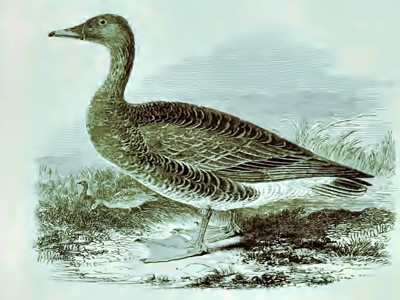
Ornithologist William Yarrell identified the culprits behind these ghostly sounds as the Bean Goose (Anser segetum), which is known for its noisy flights during migration. The haunting cries of these birds, especially at night, have long been associated with omens and supernatural events.
Welsh Mythology and the Dogs of Annwn
The concept of spectral hounds is not unique to Lancashire; it resonates throughout various cultures. In Welsh mythology, the Cŵm Annwn or Cron Annwn are the Dogs of Annwn, tasked with guiding souls to the afterlife. These hell-hounds, often depicted as black with glowing eyes, share similarities with the Barguist, a monstrous black dog from local lore, whose fiery jaws instilled fear in the hearts of those who encountered it.
The Skriker, another legendary creature from Lancashire, is a harbinger of doom. One chilling tale recounts a man who, while returning home from the ale-house, felt a presence following him. The Skriker’s screams echoed through the night, and despite his desperate flight, it awaited him at every turn. Tragically, within days, he lost his infant son and wife, leaving him a haunted shell of his former self.
The Whistlers: Birds of Ill Omen
In addition to the spectral hounds, the Whistlers—often identified as the Green Plover or Lapwing—are steeped in superstition. These birds, once abundant in the Lancashire moors, were considered harbingers of misfortune. An old report recounts a moment when a group of plovers startled a local man, who recalled that such occurrences were deemed bad omens in his youth.
The Lapwing’s cry has been linked to various disasters, including the Hartley Colliery Disaster of 1862, where miners reported hearing the Whistlers before the tragedy struck. Edmund Spenser, in his epic poem “The Faerie Queene,” ominously stated, “The whistler shrill, that whoso hears doth die.”
The Decline of the Lapwing
Despite their ominous reputation, the decline of the Lapwing population in recent years is a cause for concern. Once a common sight on the lower slopes of Pendle, these birds have seen a staggering 80% decrease in numbers over the past fifty years. Their absence is felt deeply by those who remember the vibrant landscapes they once inhabited.
Conclusion: The Legacy of Lancashire’s Folklore
The legends of Lancashire, from the ghostly Gabriel Ratchets to the ominous Whistlers, serve as a reminder of the rich tapestry of folklore that shapes our understanding of the natural world. These stories, steeped in superstition and fear, reflect the human tendency to find meaning in the unknown. As we navigate the modern world, it is essential to remember and honor these tales, for they connect us to our past and remind us of the mysteries that still linger in the shadows.
